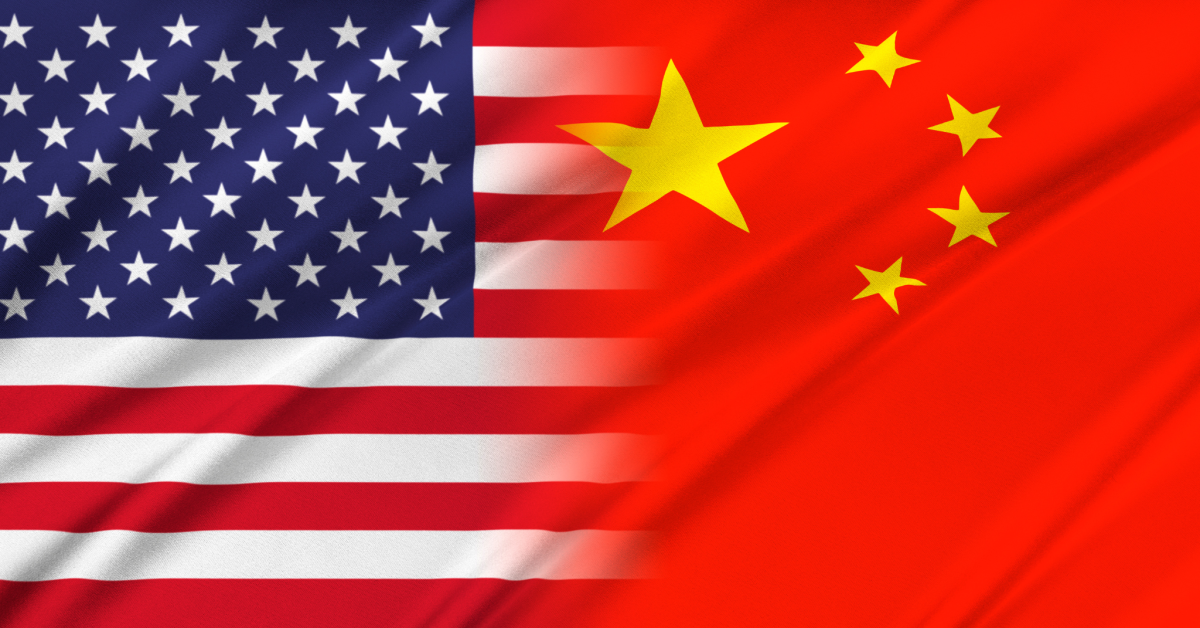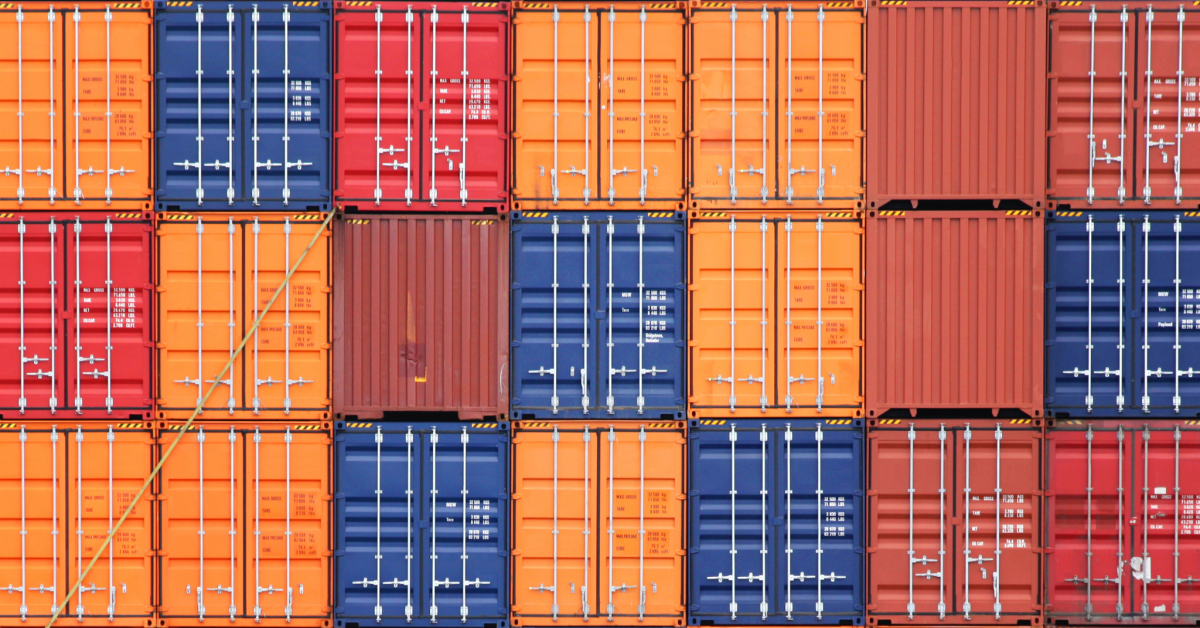US "Liberation Day" Trade Impacts in Asia-Pacific
The US' "Liberation Day" tariffs have triggered a trade recalibration across Asia-Pacific. From China’s hardline response, to India’s relative advantage, to the 90-day pauses seen in Japan, South Korea, and Southeast Asia, businesses are navigating lasting structural shifts—not passing disruptions.
This moment demands more than operational adjustments. Businesses need to stay close to evolving policy signals, position themselves in emerging trade narratives, and ensure their interests are understood before decisions solidify. The window to shape outcomes is open—but narrowing.
To help businesses navigate these dynamics, our Public & Government Affairs team across APAC has produced the following series of region and country-specific papers on China, Japan, South Korea, India, Australia, and Southeast Asia that include the latest tariff developments, an impact assessment, and strategic considerations for businesses.
Some key takeaways include:
- APAC at the Epicenter: Asia Pacific is ground zero for the global trade recalibration triggered by US tariffs, with the region facing the most extensive and varied impacts across economies and sectors.
- Fragmented Tariff Exposure: From China’s retaliatory stance to India’s relative gains and Southeast Asia’s vulnerability, APAC markets are experiencing asymmetrical pressure—reshaping competitive dynamics across supply chains.
- Policy Fluidity, Strategic Window: With 90-day reprieves granted to several APAC economies, the region holds a narrow but critical window to influence outcomes before tariffs harden and regulatory environments shift.
- Rewiring of Regional Supply Chains: Elevated trade friction accelerates the diversification of sourcing and manufacturing hubs across APAC, compelling companies to reassess their operational footprints and risk buffers.
- Influence Before Impact: In a region where policy is shifting fast, companies must move early to shape evolving trade narratives, engage decisively, and ensure their voice is reflected in future agreements and exemptions.
Read the full papers below:



